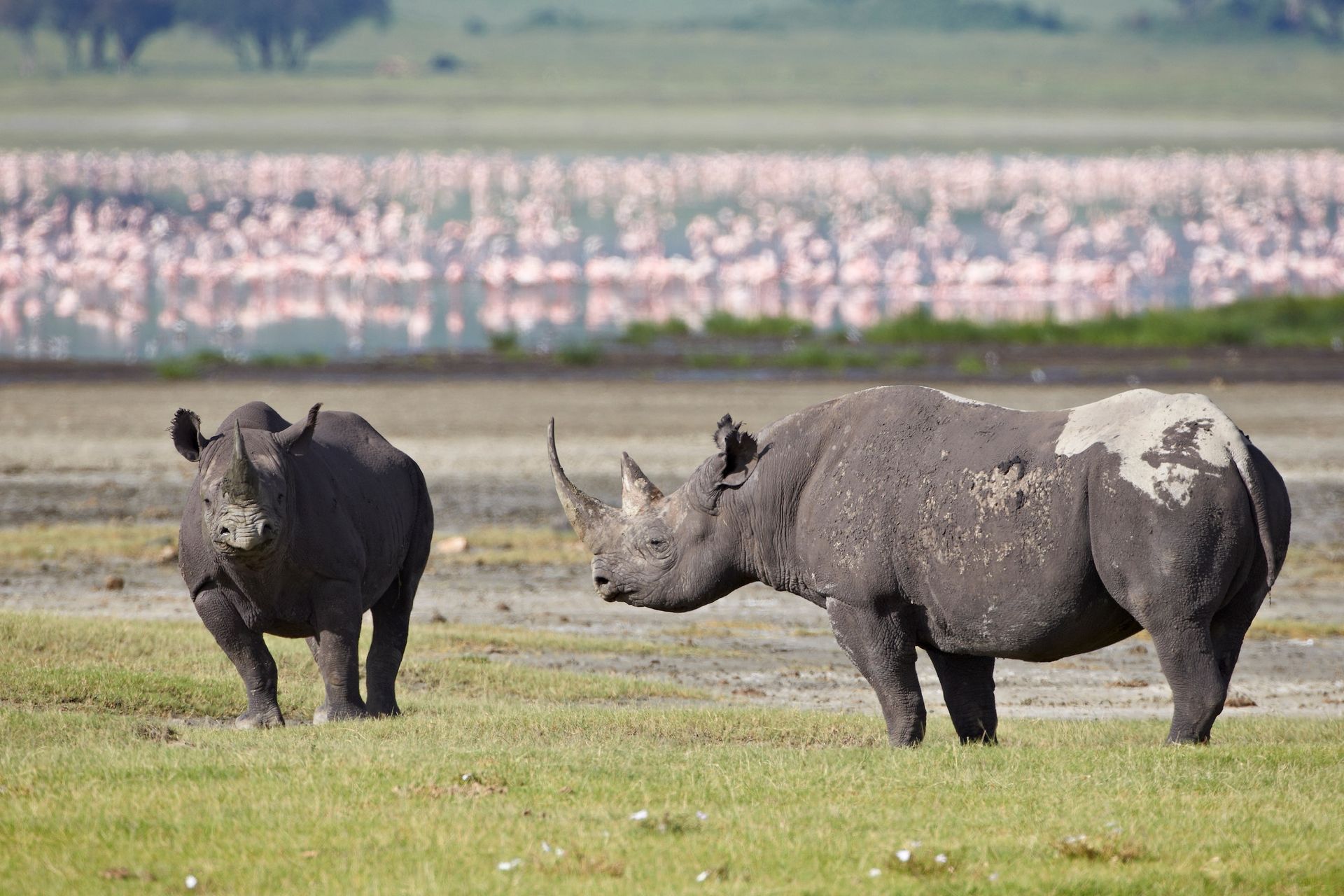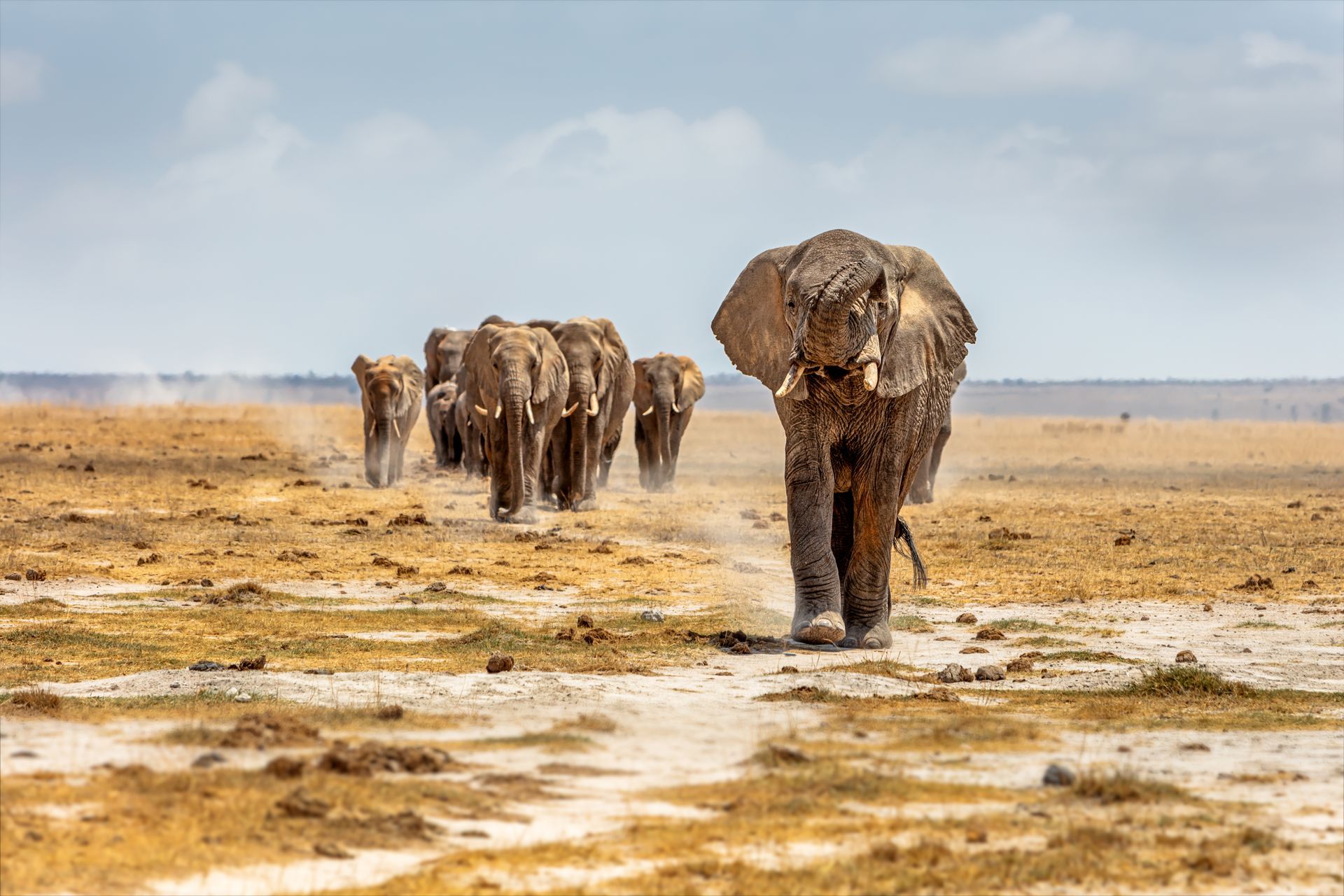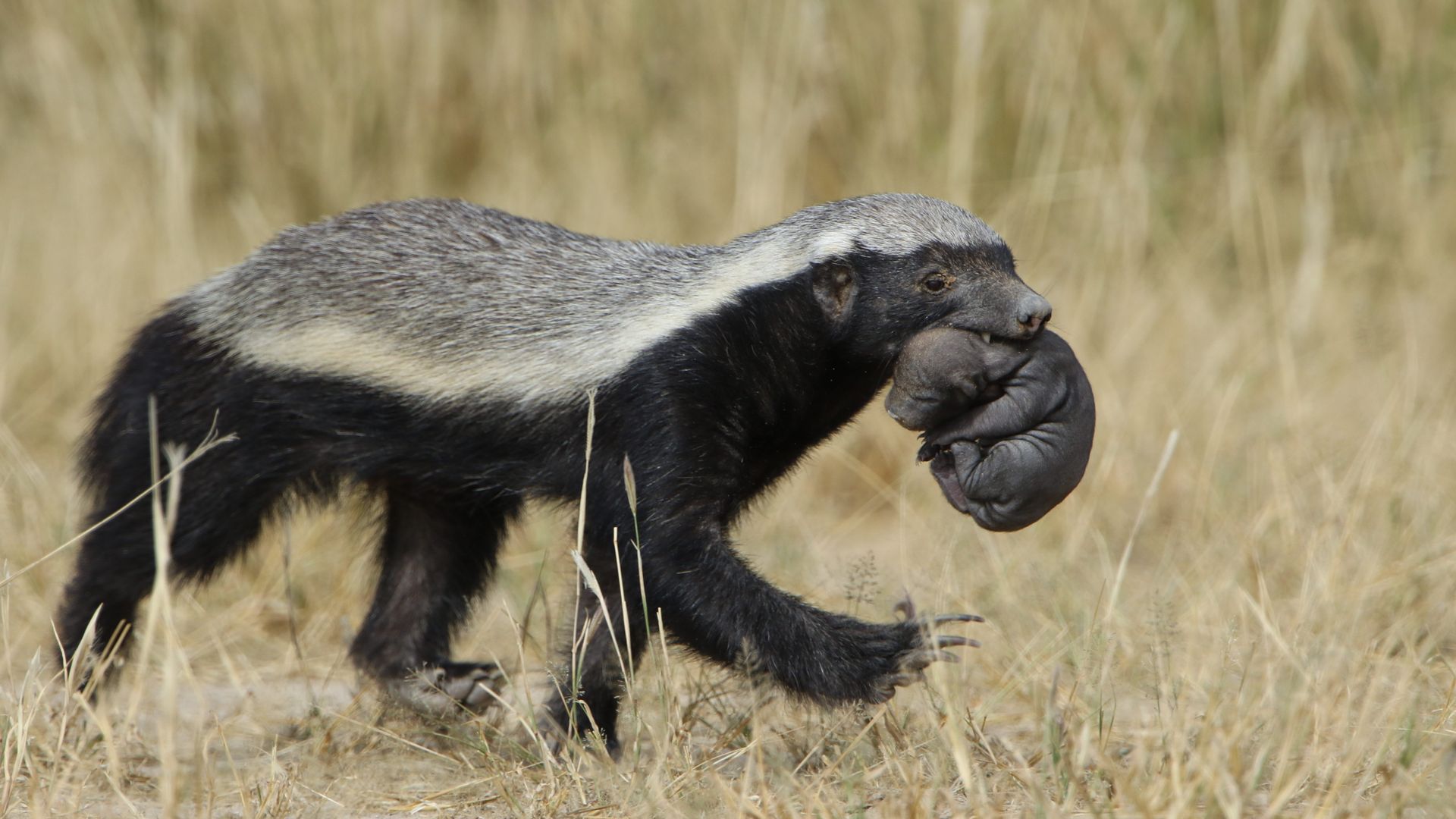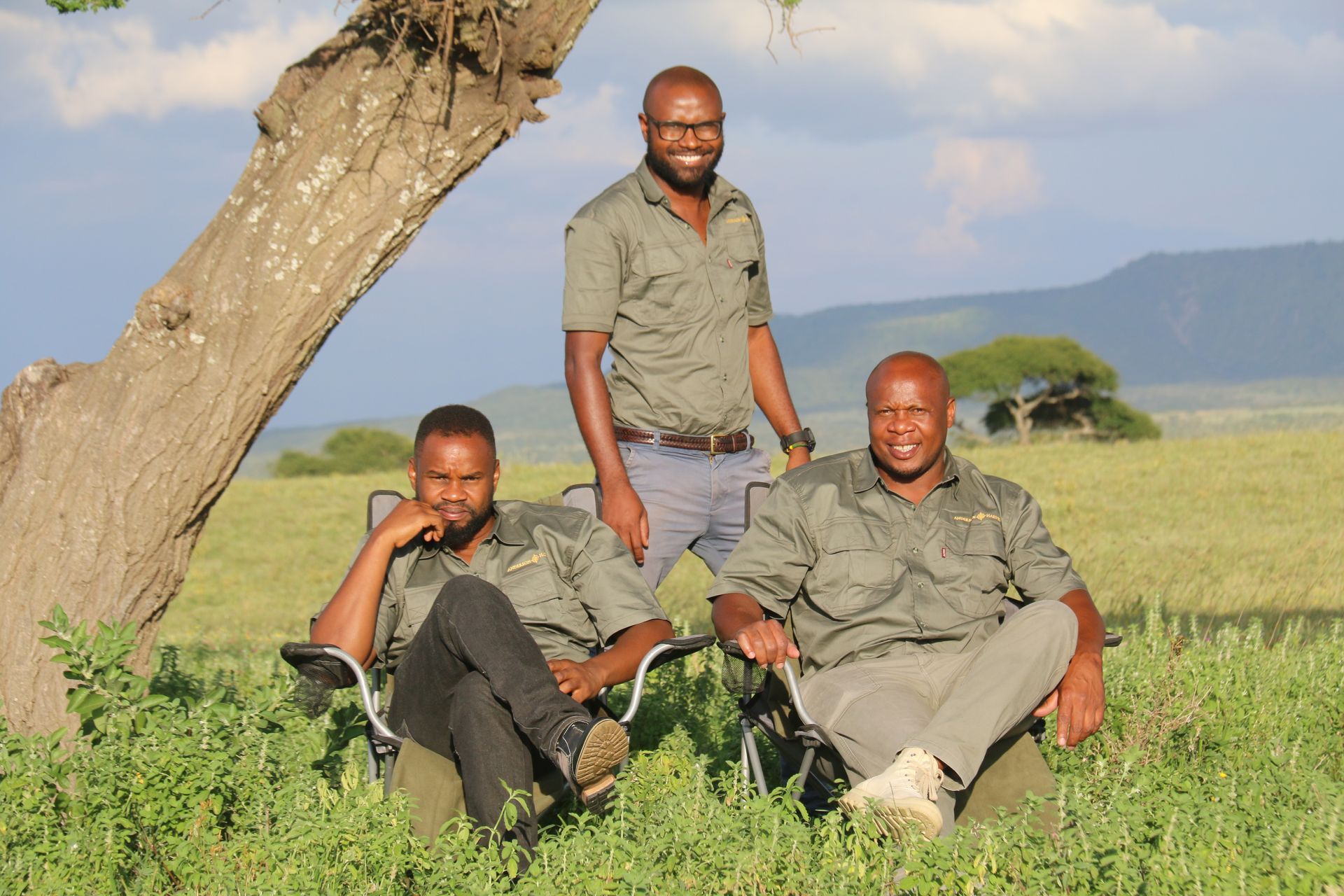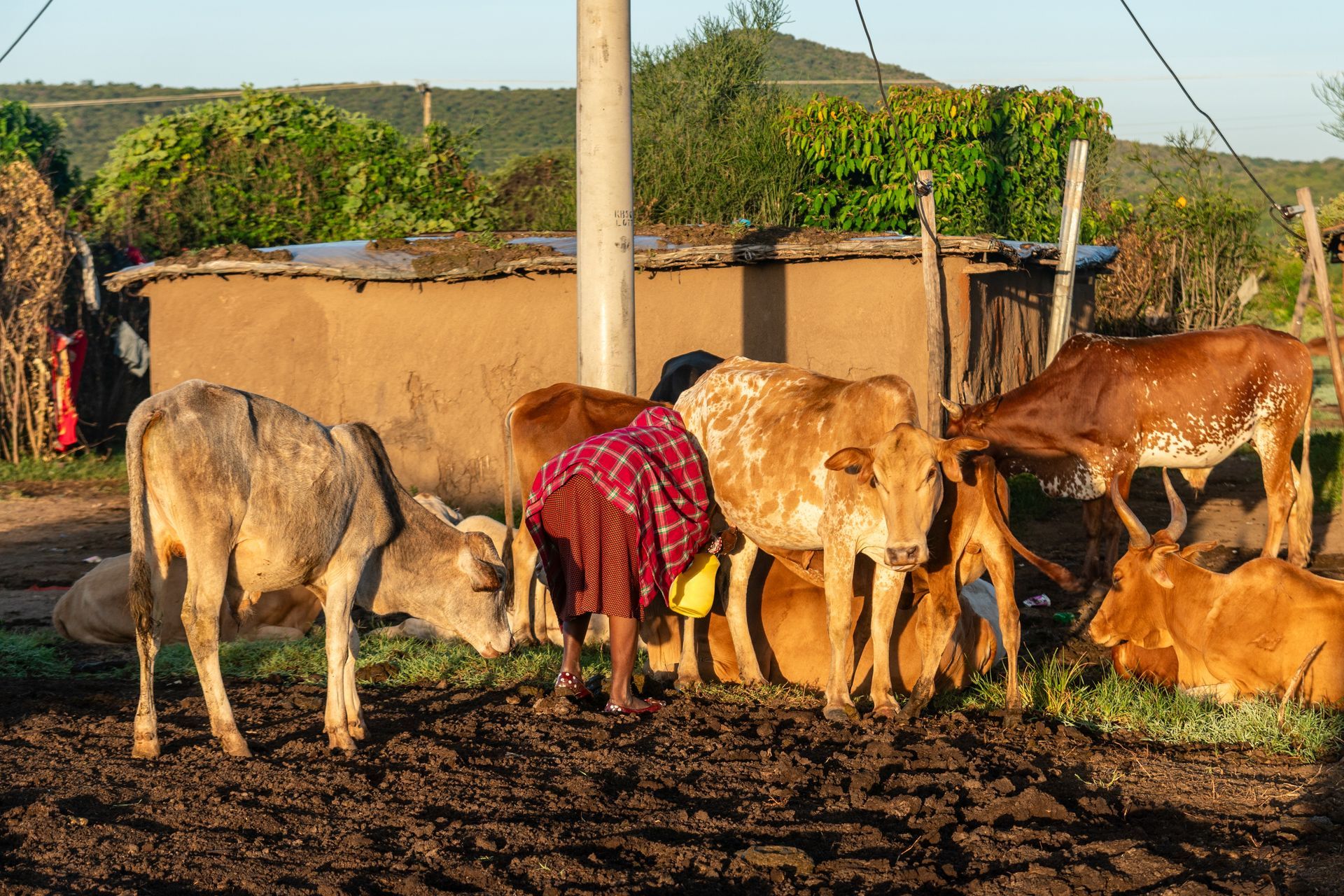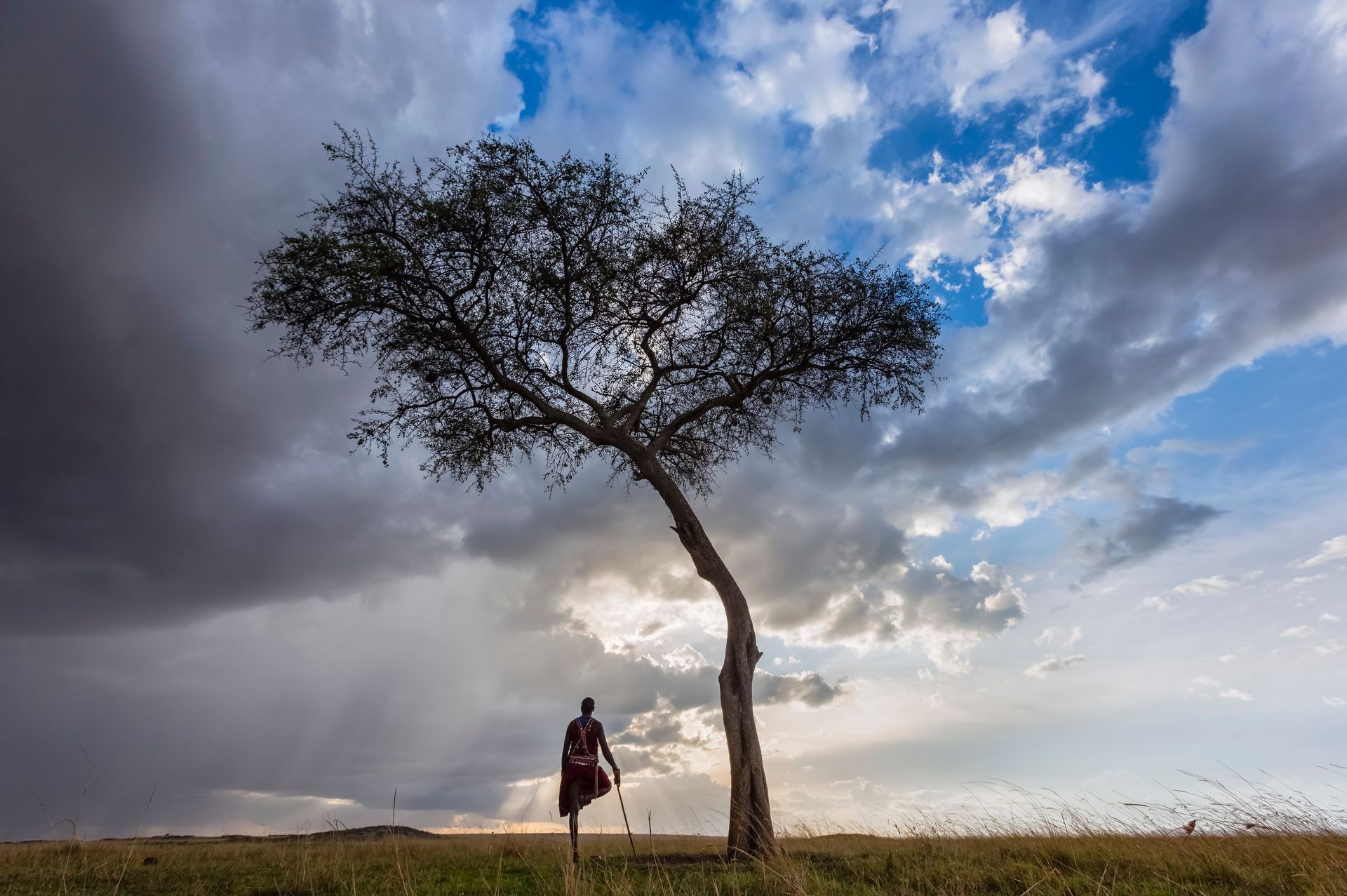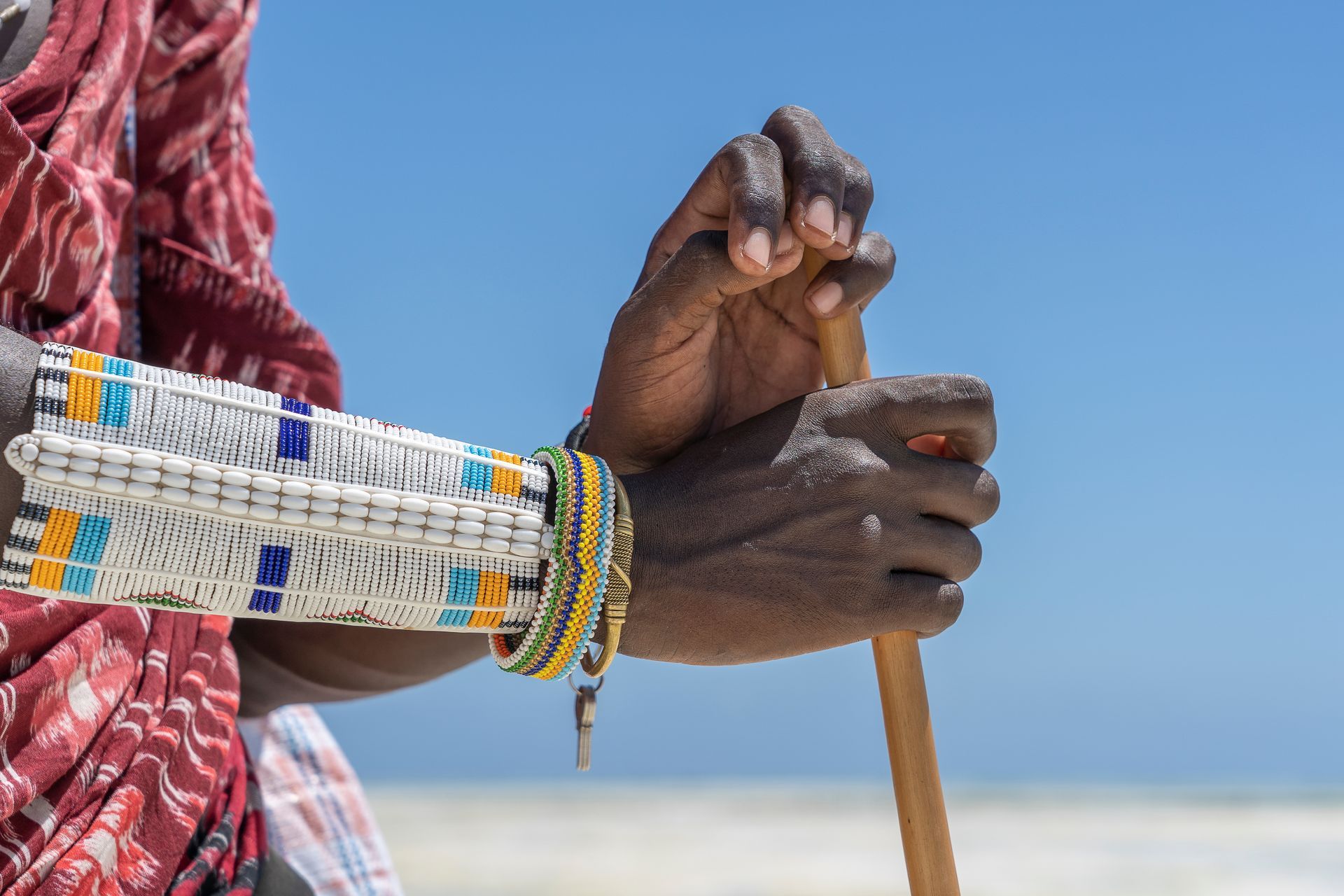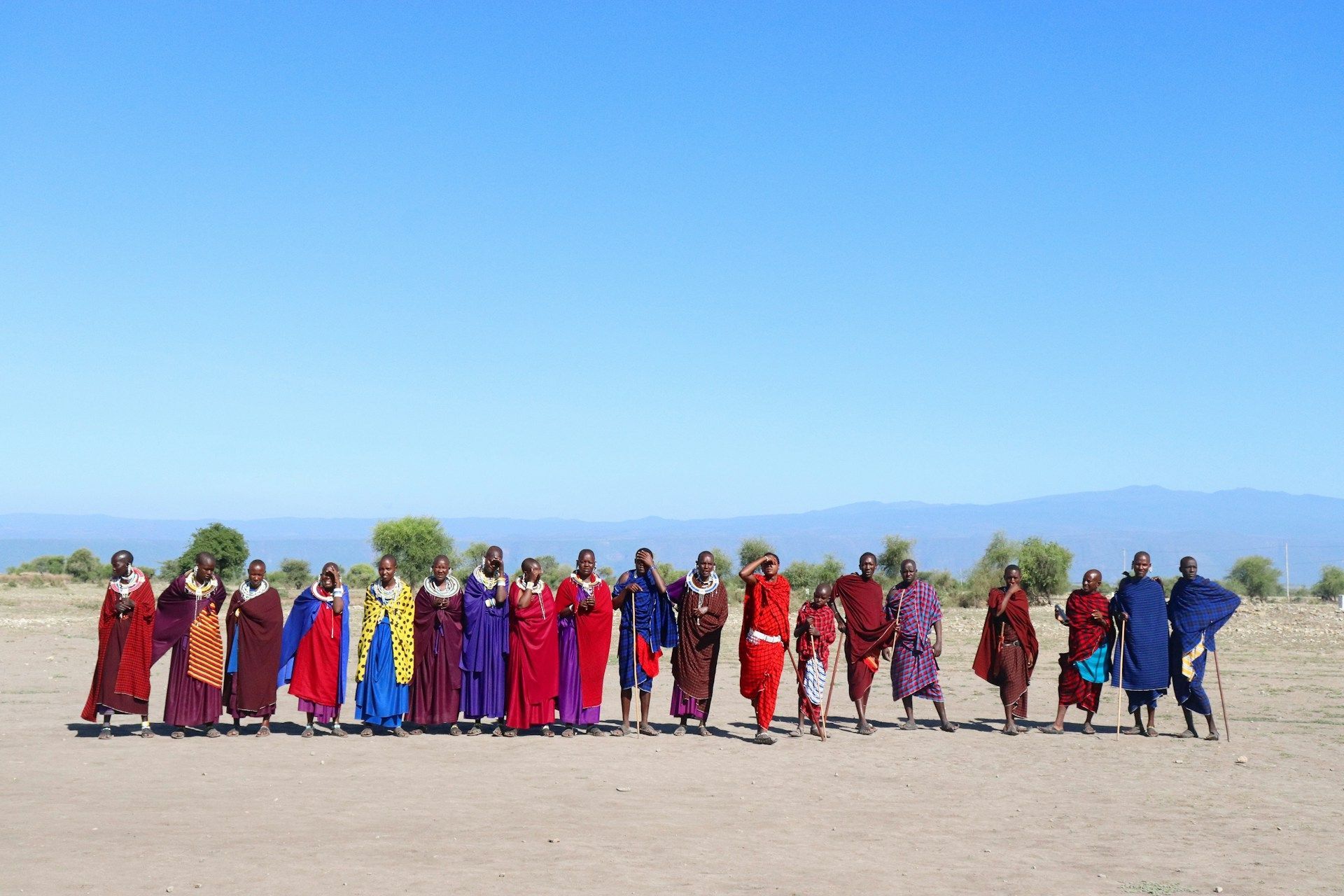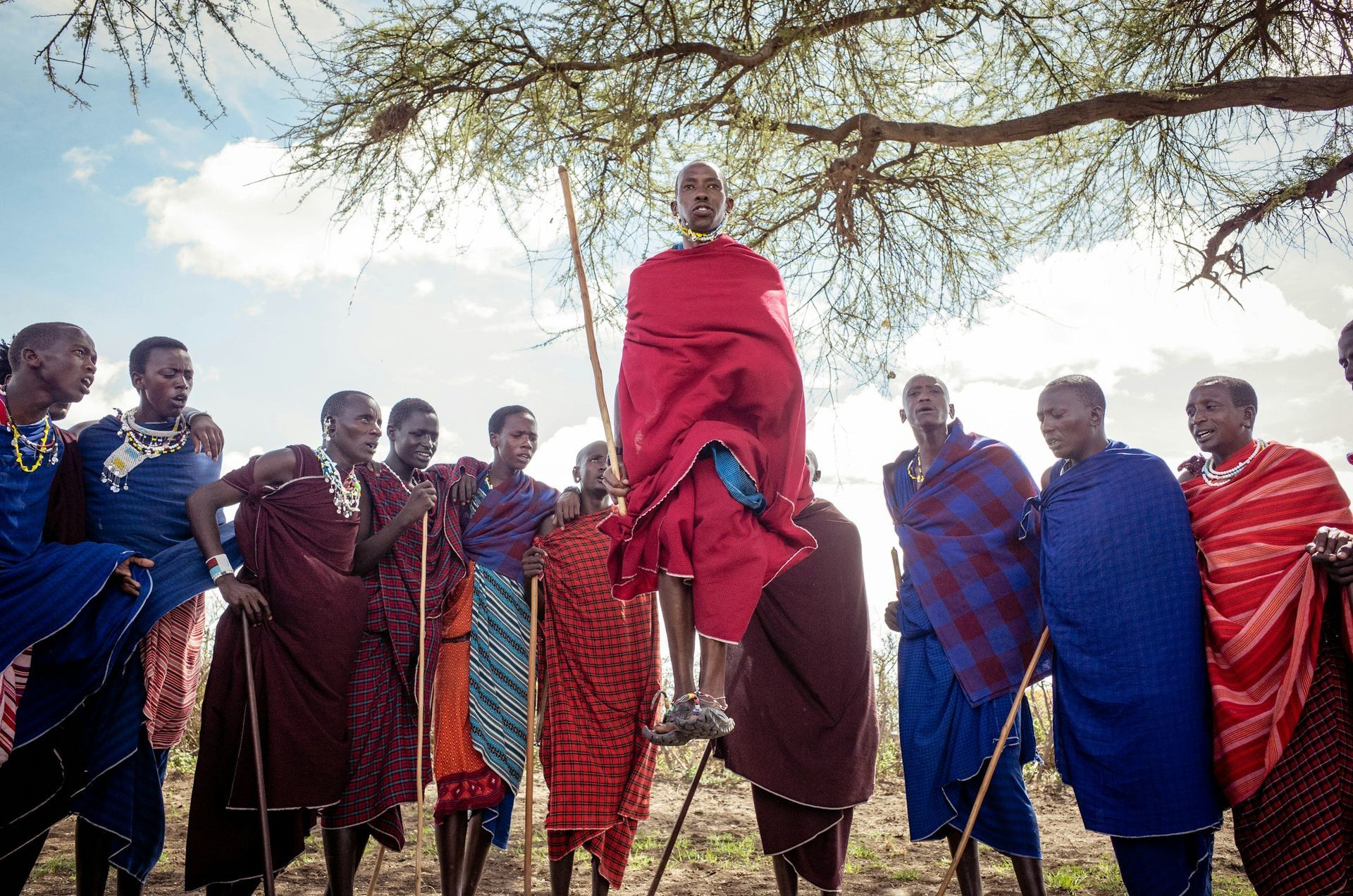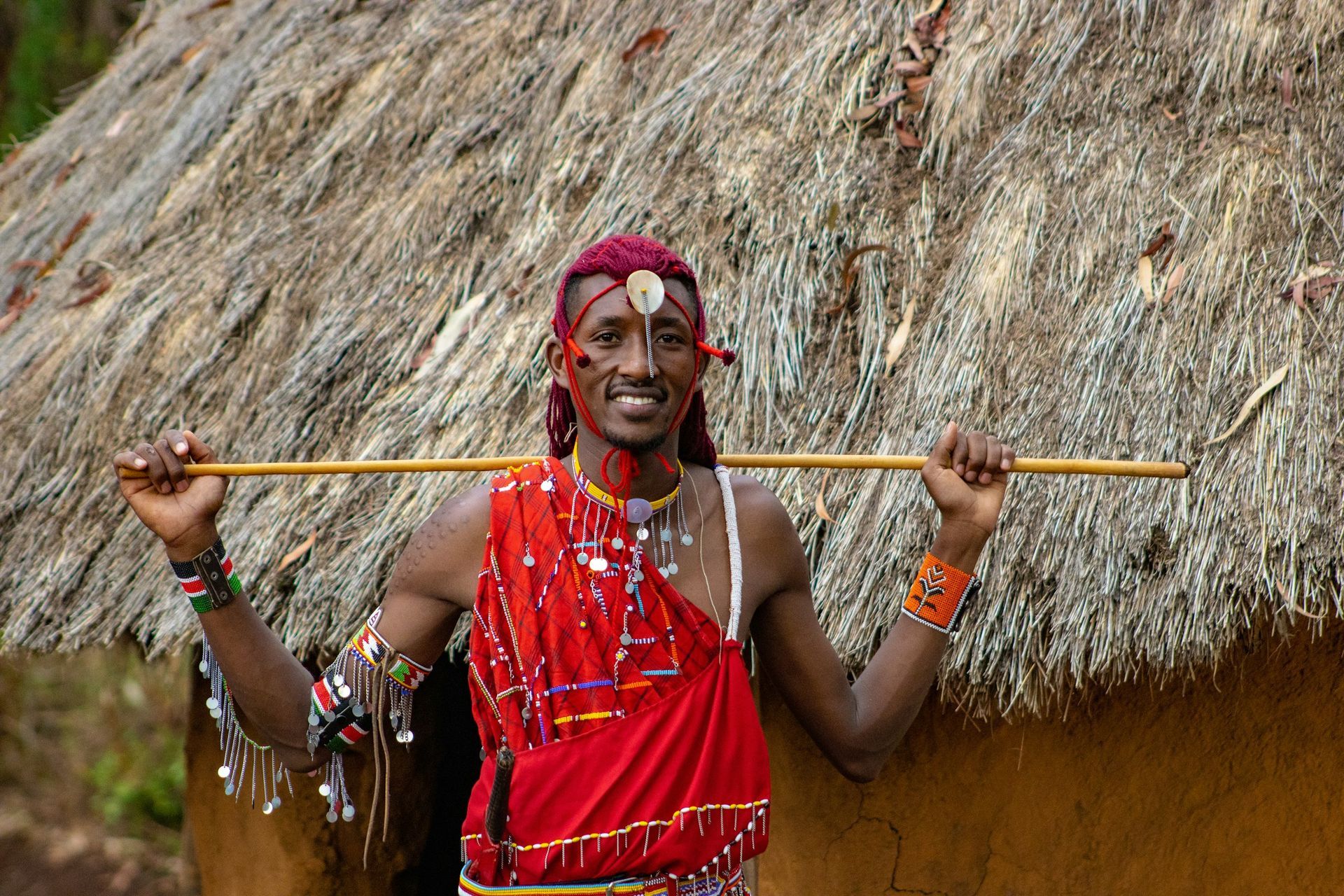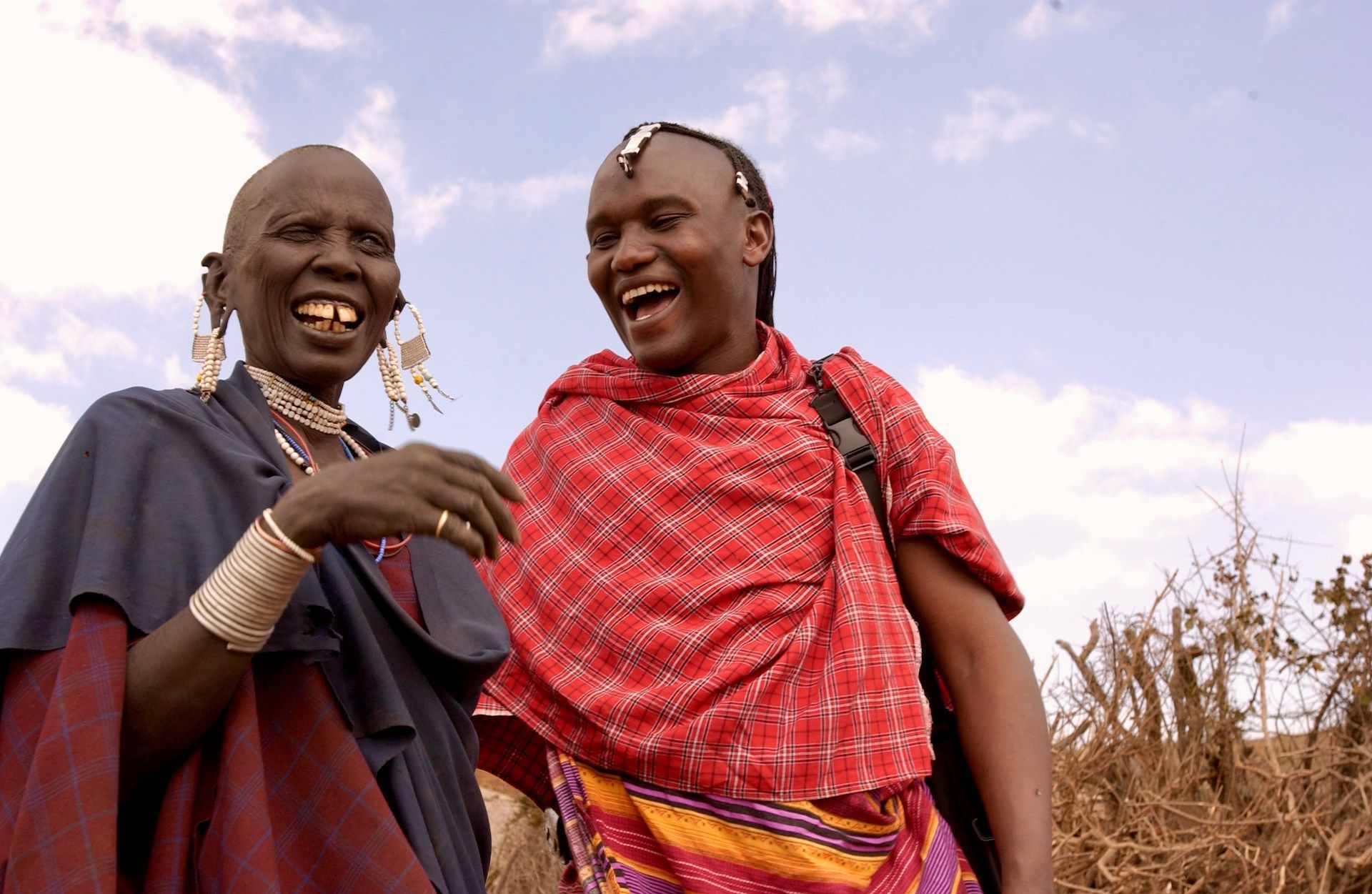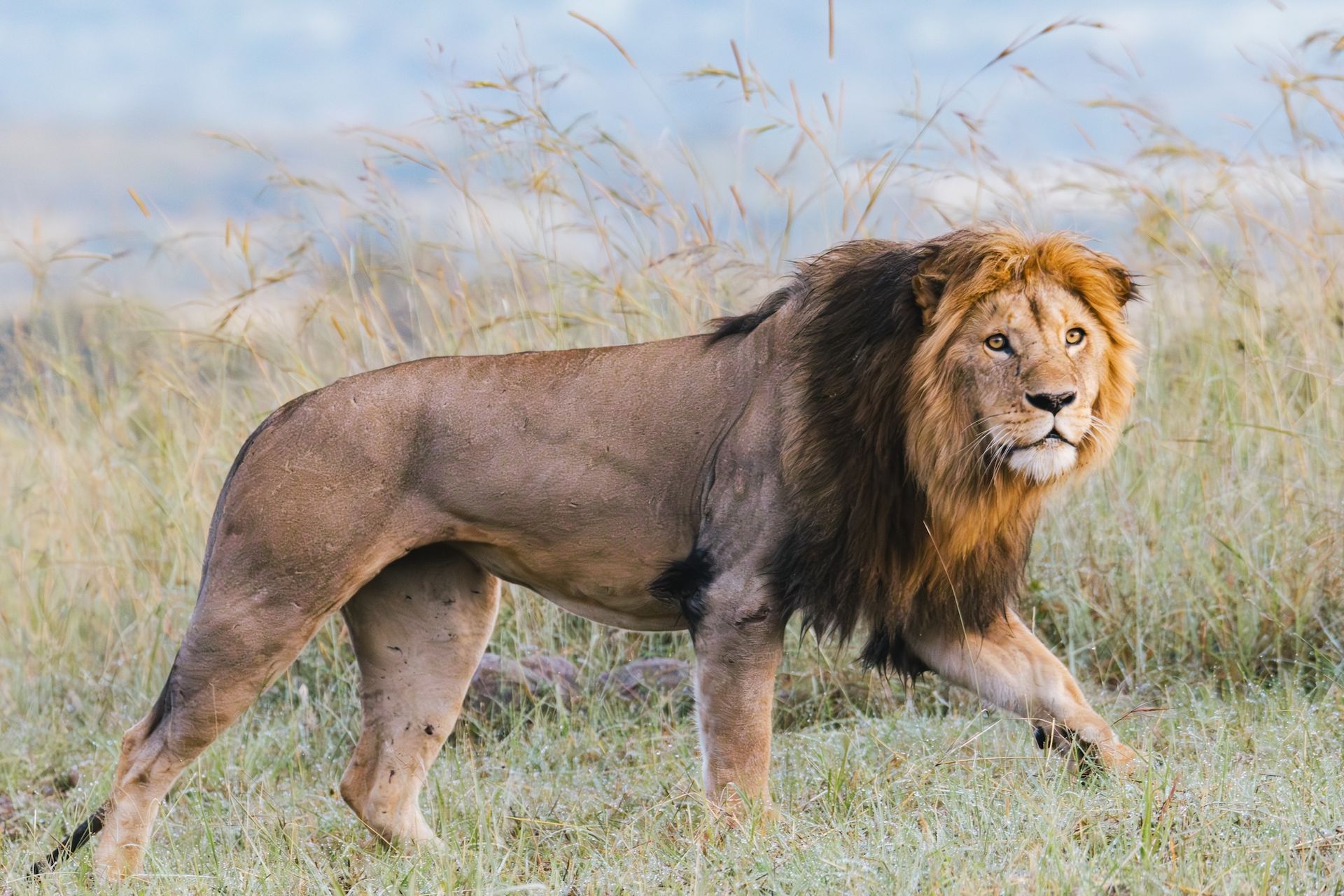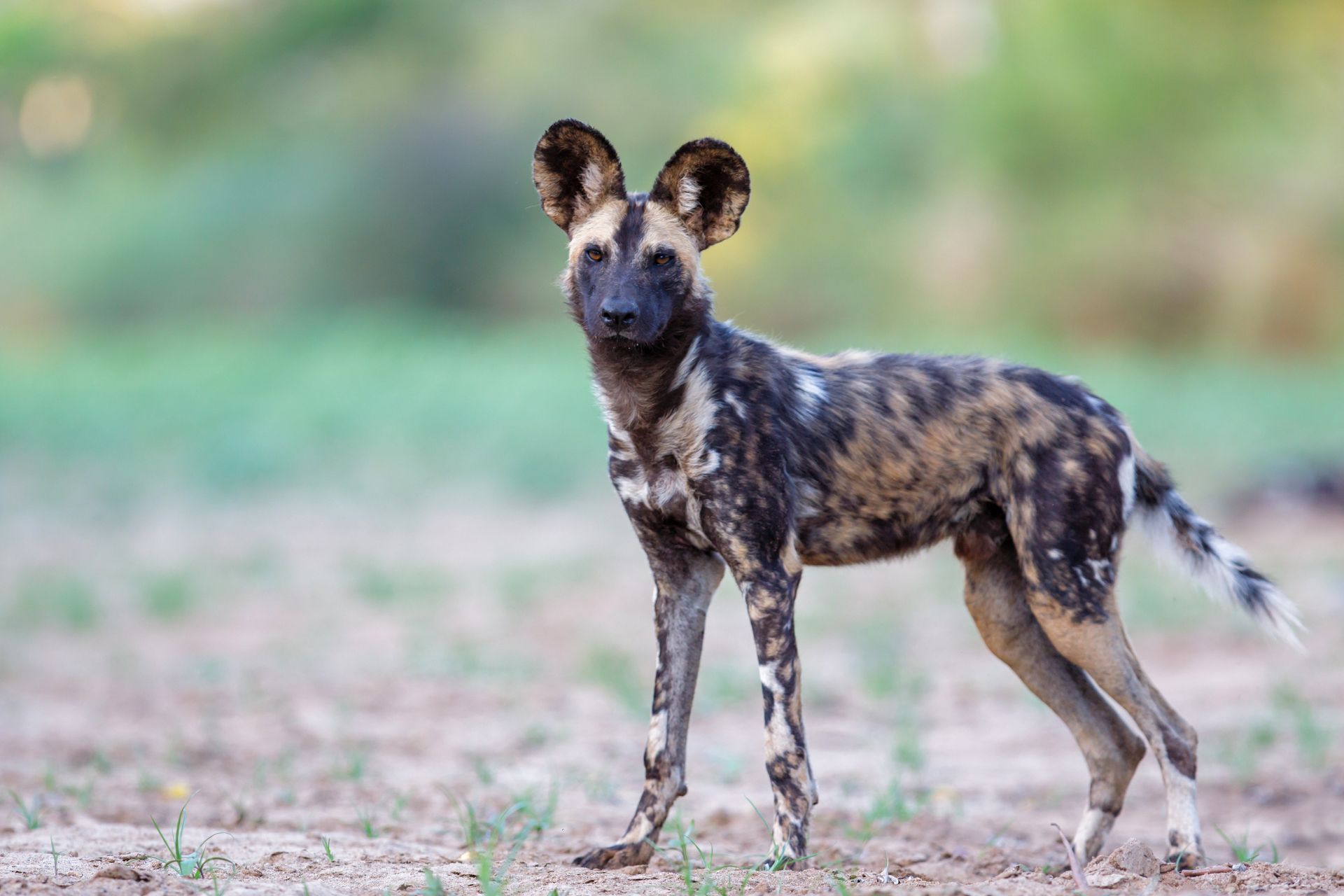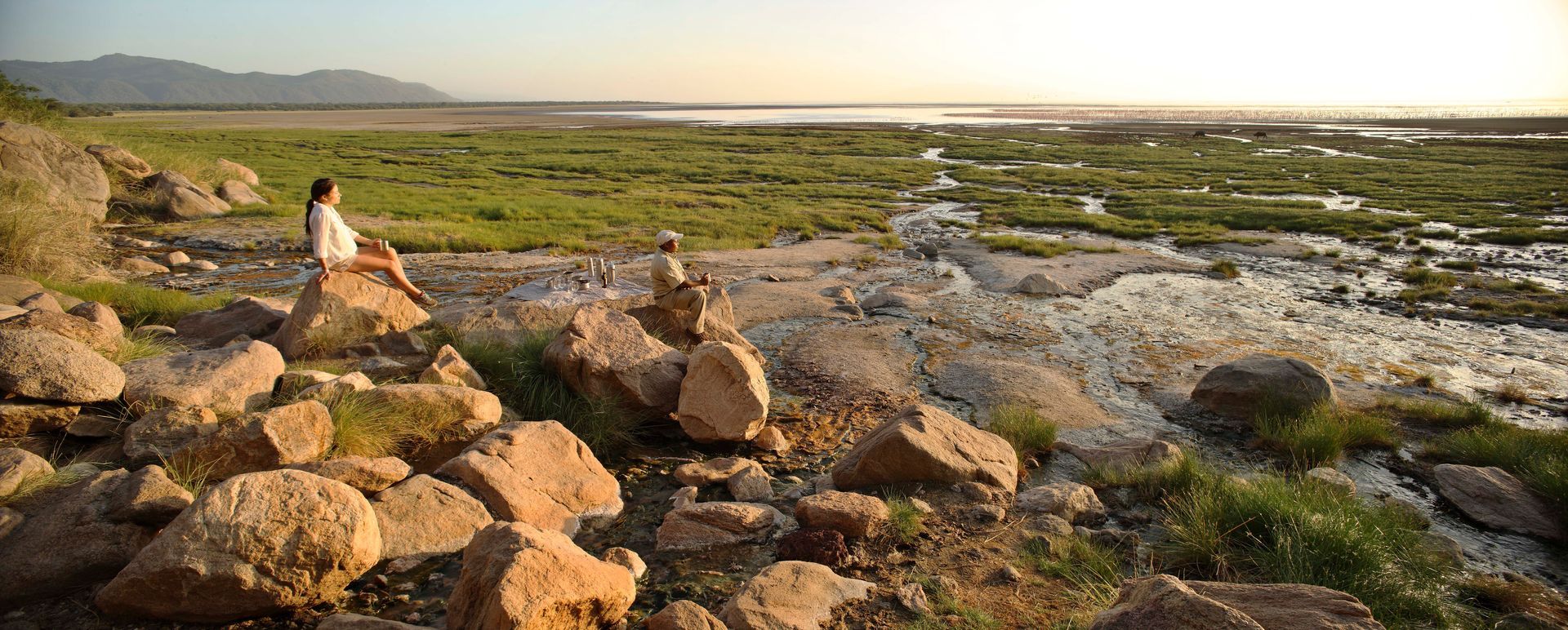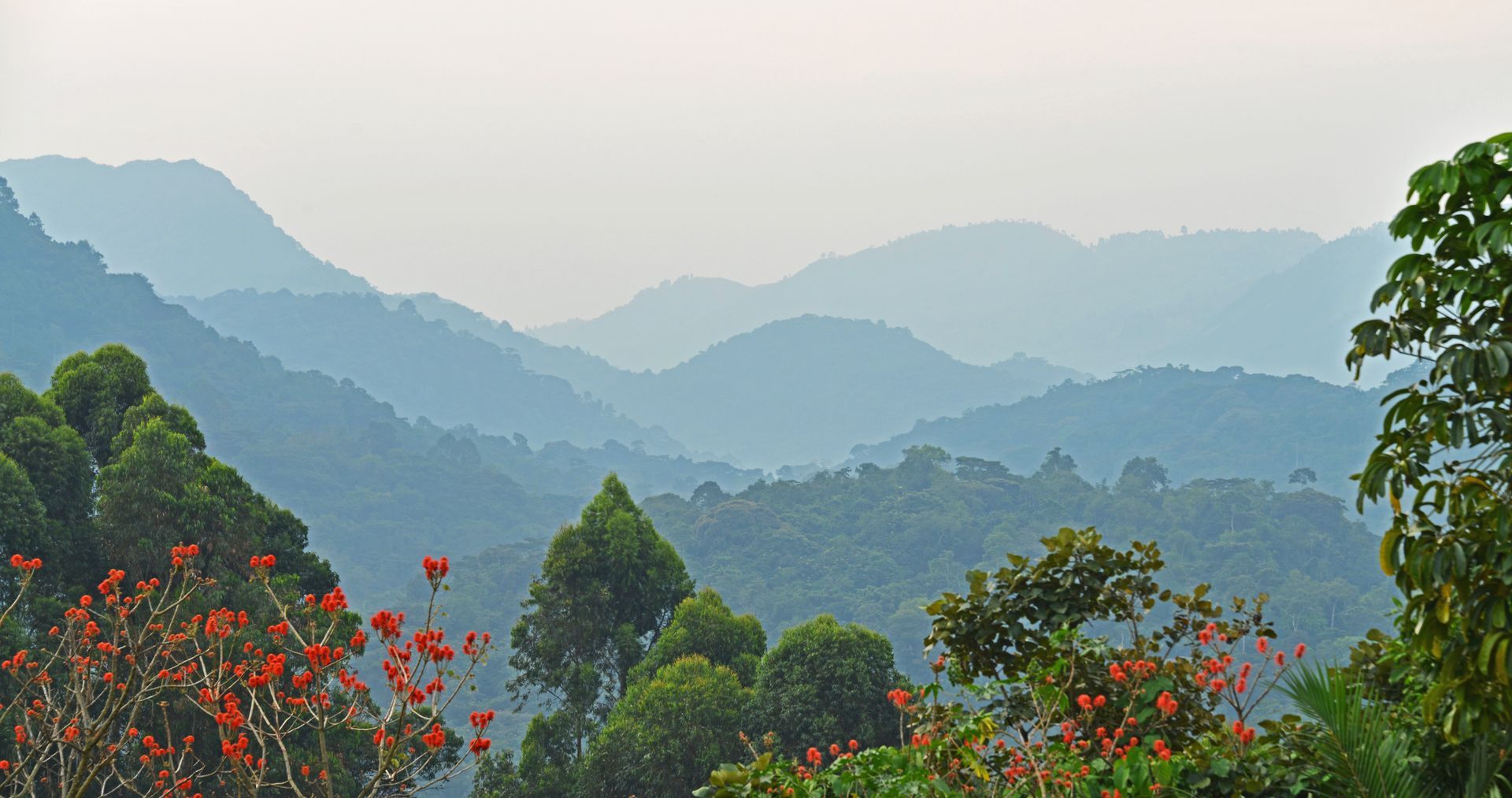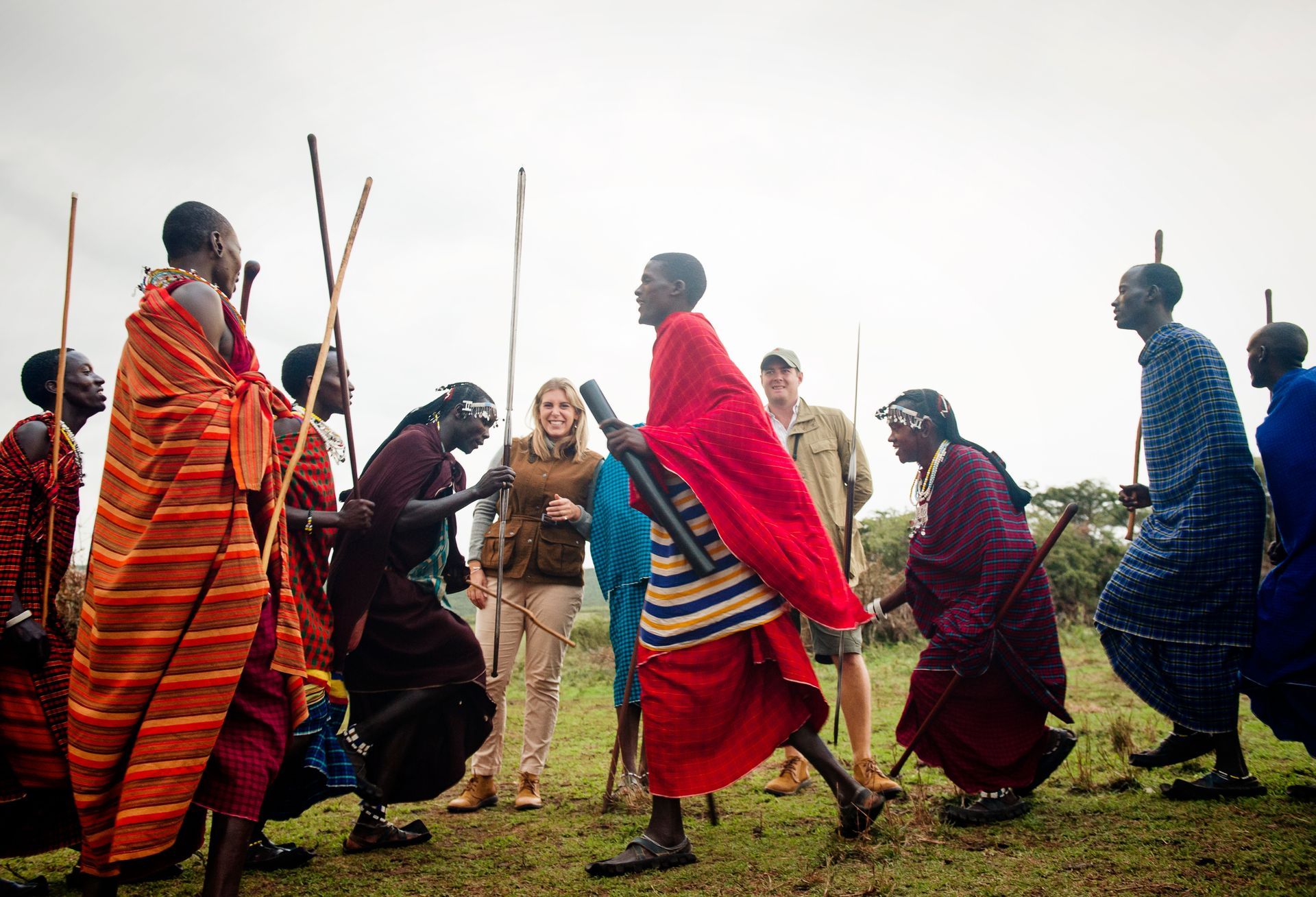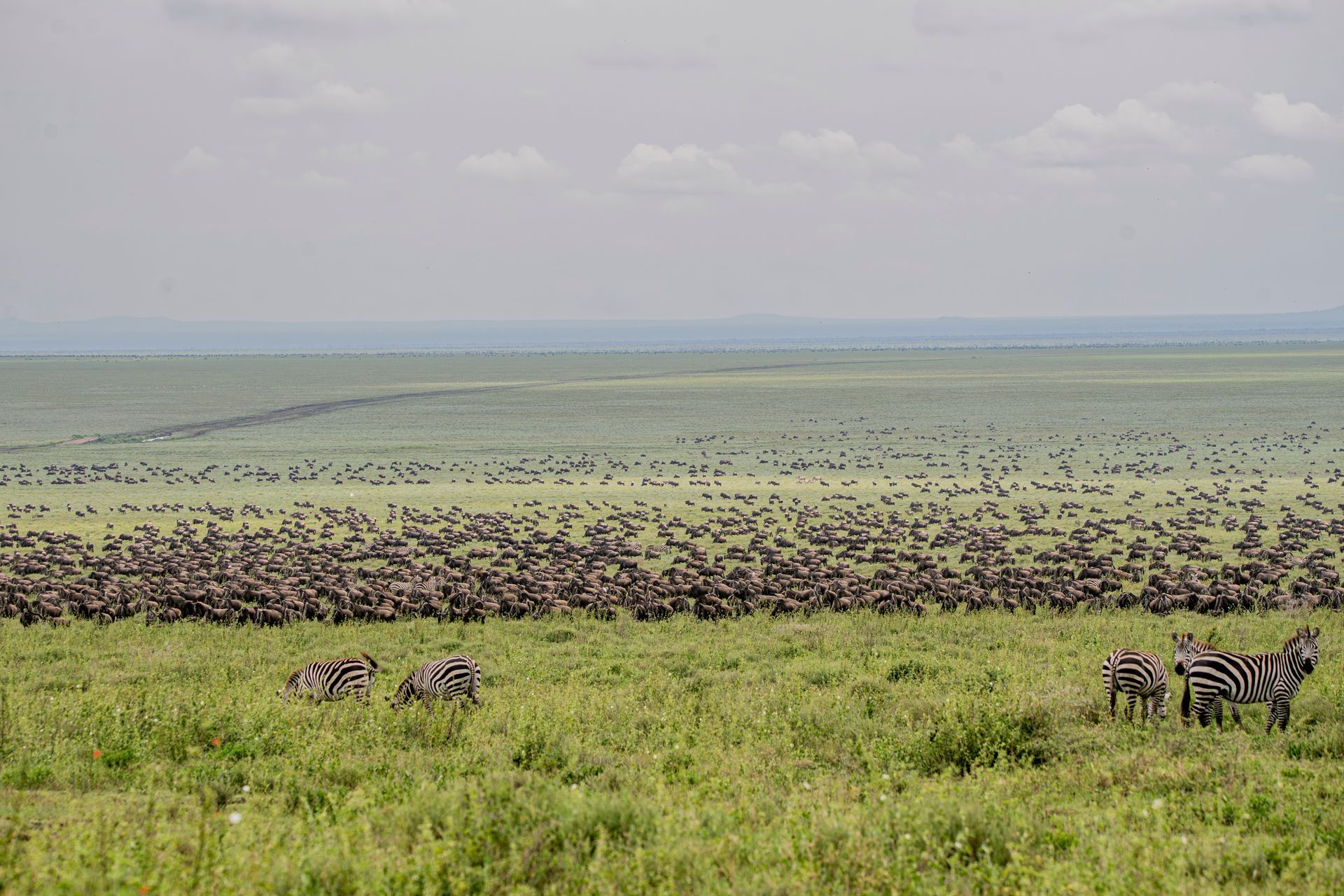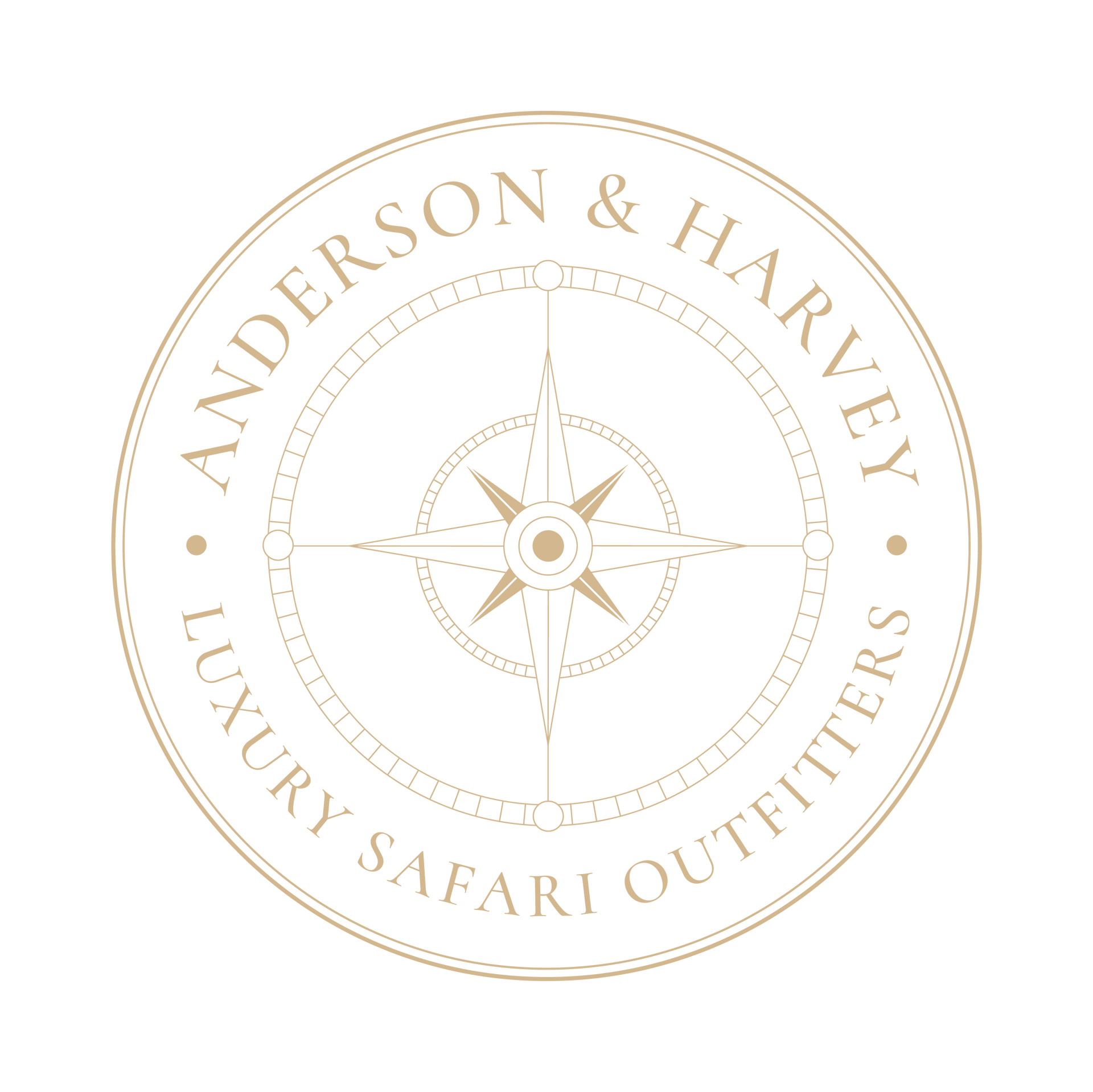A culture of tradition, identity and spirit
The Maasai are as iconic as East Africa's national parks
For many travellers to East Africa, the image of the Maasai warrior is as enduring as that of the wildebeest crossing the Mara River or the elephants roaming the Serengeti plains. The bright shúkà cloth, the beaded adornments, the slender frame of a herdsman striding the landscape – these have become icons of the region, symbols of a culture that remains proudly distinct in a modernising world.
No matter how iconic they have become, the Maasai are not a photographic cliché or a footnote to the safari experience. For those who travel thoughtfully, with operators like Anderson & Harvey who are deeply committed to meaningful and respectful engagement, there is an opportunity to understand the real Maasai story – one that speaks of ancient traditions, spiritual connections to land, and the complexities of life in the 21st century.
The Maasai people have lived in the savannas and rift valleys of East Africa for centuries, their presence woven into the landscape as tightly as the migration paths of wildebeest or the routes of elephants. Primarily found in southern Kenya and northern Tanzania, the Maasai are semi-nomadic pastoralists, their lives shaped by the cycles of cattle grazing, rain, and grass growth. Cattle are not merely livestock – they are central to Maasai identity, wealth, social standing and even spiritual belief. In Maasai cosmology, cattle were given to them by the Creator, Enkai, as a divine gift. To this day, Maasai measure prosperity not in shillings or dollars but in the number and health of their herds.
A visit to a Maasai community – when done sensitively and with true mutual respect – reveals the living heart of these traditions. It is not a staged encounter or a performance for tourists. It is a glimpse into a way of life that has adapted but not been erased, that has shifted but not disappeared.
Anderson & Harvey ensures that such cultural experiences are carefully selected, avoiding ‘tourist villages’ and instead supporting communities where guests can meet real elders, hear real stories and understand the role the Maasai play in East Africa’s protected landscapes.
In many conservancies and community areas bordering the Serengeti, Tarangire and Amboseli, Maasai pastoralists are not excluded from the land – they are partners in conservation. Their traditional knowledge of the bush – reading spoor, predicting weather, locating hidden water sources – is invaluable to understanding these ecosystems. Their grazing practices, too, when well-managed, can play a role in sustaining healthy grassland habitats for both cattle and wildlife.
But the modern Maasai story is not frozen in time. Many young Maasai now attend school or university, balancing a foot in two worlds – the ancestral and the modern. Women, long expected to fulfil domestic roles, are finding new voices as entrepreneurs, educators and conservation leaders. Beadwork, once made solely for adornment within the community, is now a thriving source of income through carefully managed cooperatives, with money supporting schooling, healthcare and food security.
Yet challenges remain. Land pressure is acute. As East Africa’s human population grows and development spreads, the old cattle routes shrink. Climate change brings uncertainty to rain cycles, threatening the grasslands on which both Maasai herds and wildlife depend. The struggle to preserve culture while embracing opportunity is real and ongoing. It is not a story of nostalgia – it is a story of resilience.
For Anderson & Harvey, the connection to the Maasai runs deeper than the occasional cultural excursion. The company’s guides, many of whom come from Maasai communities themselves, carry this heritage into the field – blending deep ecological knowledge with lived cultural experience. A guide who can interpret both lion spoor and the meaning of a Maasai song around a campfire brings a richer, more layered understanding of the land to every guest.
Maasai culture also informs the very way many conservancies operate. Many Maasai communities lease grazing and tourism rights to operators in return for income, jobs and infrastructure. These partnerships are delicate but essential – a model where wildlife conservation and cultural survival walk hand in hand. When done well, as Anderson & Harvey always strives to ensure, these relationships empower rather than exploit.
Guests who travel with Anderson & Harvey have the rare chance to learn what it means to live between wilderness and village, between ancient ritual and modern change. To stand at the edge of a boma at sunrise and watch the herders lead their cattle into the dawn mist is to understand that the Maasai are not the past of East Africa – they are its present and, with care, its future.
This is the deeper story that thoughtful safari reveals. It is not written on glossy brochures or shouted from guidebooks. It is lived, quietly but powerfully, in the rhythm of hoof and foot across the land – the timeless and the changing, side by side.
